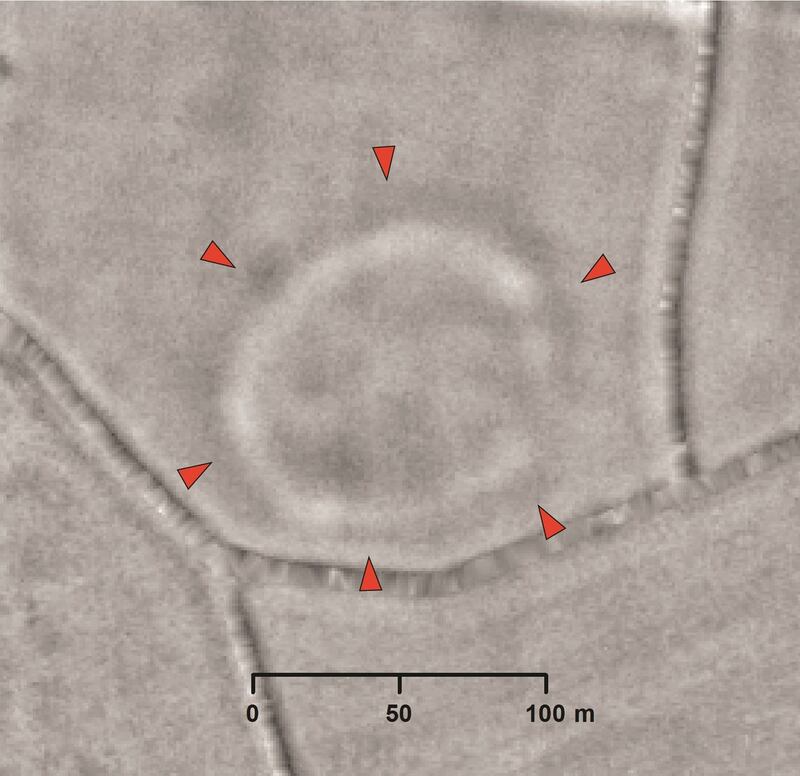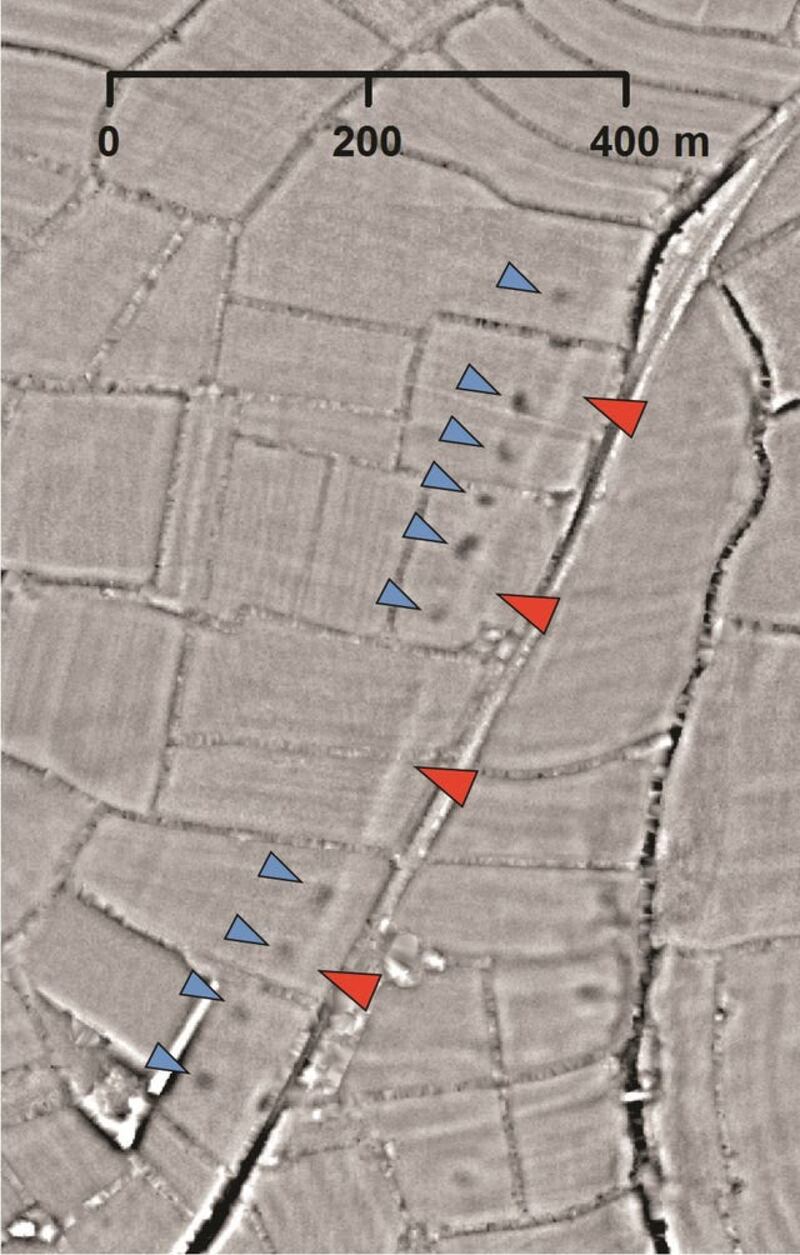Dozens of previously-unrecorded Roman, prehistoric and medieval sites have been discovered by archaeology volunteers based at home during the coronavirus lockdown.
Digging may be on hold due to the pandemic, but the team have found parts of two Roman roads, around 30 prehistoric or Roman large embanked settlement enclosures, and some 20 prehistoric burial mounds, as well as the remains of hundreds of medieval farms, field systems and quarries.
Those leading the project believe they will make many more discoveries in the coming weeks.

The team are analysing images derived from Lidar (light detection and ranging) data.
This laser technology is used during aerial surveys to produce highly detailed topographical maps.
Modern vegetation and buildings can be removed, allowing archaeologists to look at the shape of the land surface to find the remains of archaeological earthworks.
The data is being systematically examined and cross-referenced with records of known archaeology and historic maps, meaning the total of new discoveries regularly changes.
Project leader Dr Chris Smart, from the University of Exeter, said: “The South West arguably has the most comprehensive Lidar data yet available in the UK and we are using this to map as much of the historic environment as possible.
“The project’s current focus is the Tamar Valley, but this has been extended to include a broad swathe of land between Bodmin Moor and Dartmoor, Plymouth and Barnstaple – about 4,000 square kilometres in all.
“This is the first major systematic analysis of Lidar data from the Tamar Valley westwards and builds upon training workshops we ran earlier in the year.
“Ordinarily we would now be out in the field surveying archaeological sites with groups of volunteers, or preparing for our community excavations, but this is all now on hold.

“I knew there would be enthusiasm within our volunteer group to continue working during lockdown – one even suggested temporarily rebranding our project ‘Lockdown Landscapes’ – but I don’t think they realised how many new discoveries they would make.
“I am very grateful to our team for their efforts and am glad that we could continue to do volunteer-led research in these unsettling times. At the current rate we expect them to recognise hundreds of new archaeological sites in the coming month or two.”
When the worst of the pandemic is over the team intend to undertake geophysical surveys at several of the new sites as part of the project.
Dr Smart added: “It’s hard for us not to be able to carry out the work we had planned this summer – including an excavation at Calstock Roman fort – but hopefully this is only a temporary blip and we will be back out in the countryside with volunteers as soon as it is safe to do so.”








